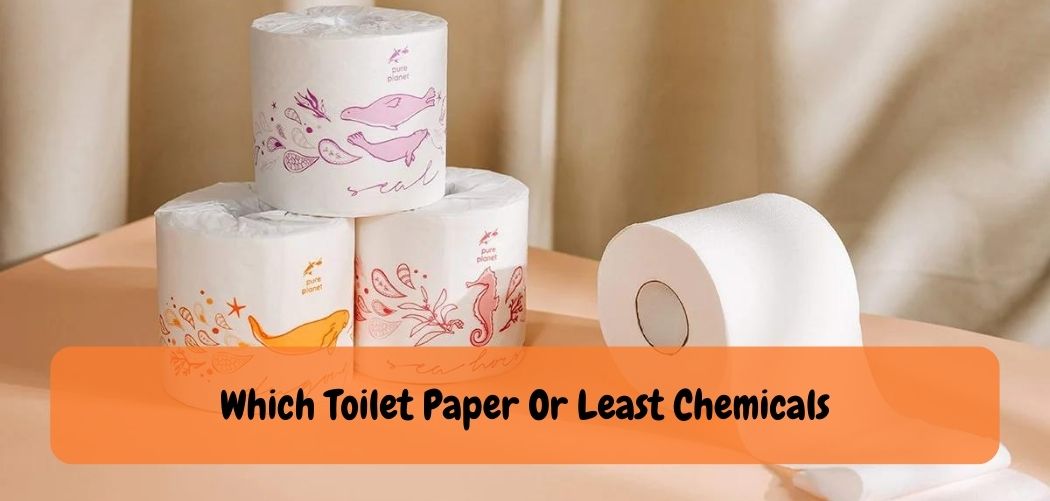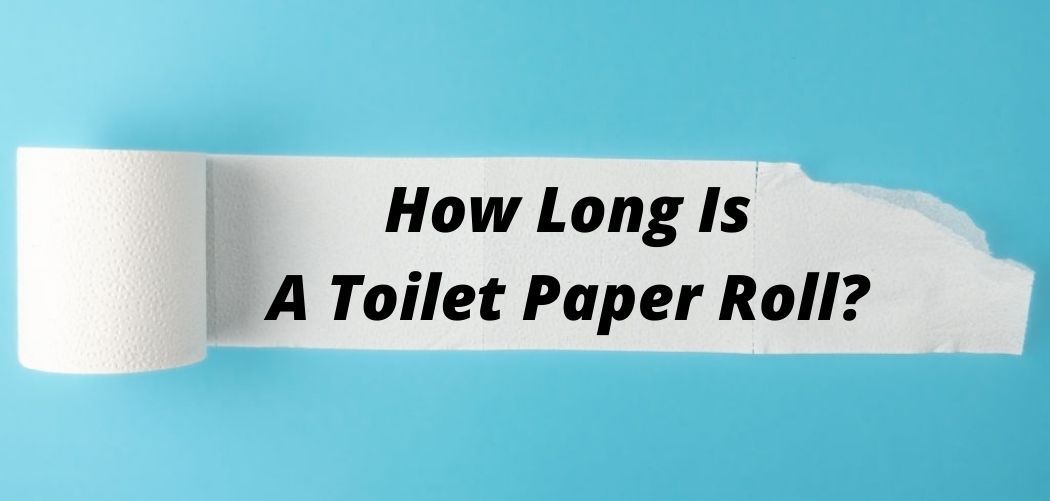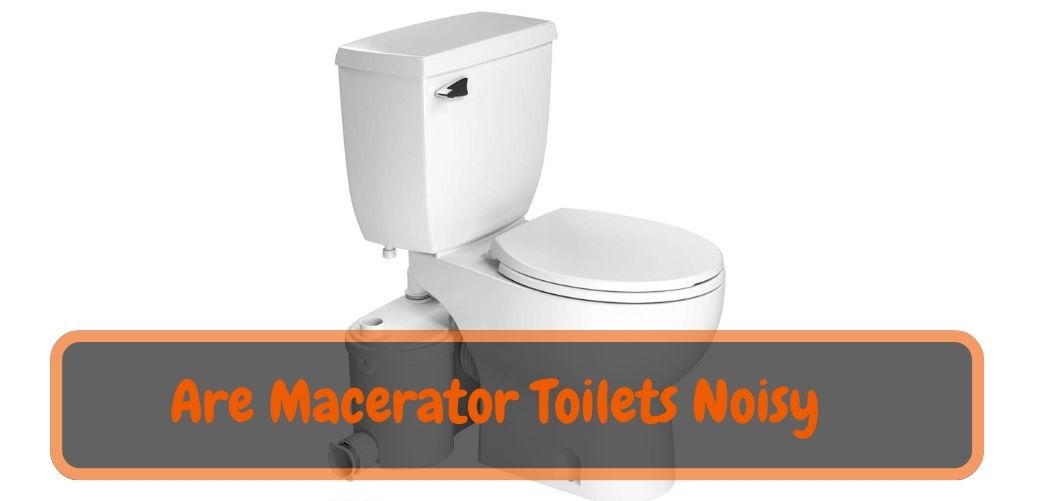In our increasingly health-conscious society, the choices we make regarding the products we use in our daily lives can have a significant impact on our overall well-being.
From the food we consume to the cleaning agents we employ, more and more people are seeking out options that minimize their exposure to potentially harmful chemicals. Among these choices lies a ubiquitous household item that often goes unnoticed: toilet paper.
While toilet paper may seem like a mundane necessity, it is worth considering that conventional toilet paper products can contain a variety of chemicals that may not be beneficial for our bodies or the environment.
These chemicals can range from artificial fragrances and dyes to chlorine bleach and formaldehyde, which are commonly used during the manufacturing process.
The question then arises: which toilet paper options have the least chemicals? In this exploration, we delve into the world of health-conscious toilet paper alternatives, examining the ingredients and production methods employed by various brands to identify those that prioritize minimal chemical usage.
By understanding the potential risks associated with conventional toilet paper and discovering alternatives that offer a reduced chemical load, we can make informed decisions that align with our health and environmental concerns.
Join us as we embark on this journey to uncover the toilet paper options that strike a balance between functionality, sustainability, and the least chemical content.
The Guide: Toilet Paper Or Least Chemicals
When it comes to maintaining a healthy home environment, we often focus on cleaning products, food choices, and personal care items. However, one often overlooked aspect is the toilet paper we use on a daily basis.
Conventional toilet paper can contain a variety of chemicals that can potentially be harmful to our bodies and the environment. To make more informed choices, let’s explore how to identify toilet paper options with the least chemicals and minimize our exposure to potentially harmful substances.
1. Understand the Chemicals in Conventional Toilet Paper:
Conventional toilet paper often contains chemicals such as:
a. Chlorine Bleach: Used to achieve a bright white appearance, chlorine bleach can produce harmful byproducts such as dioxins.
b. Fragrances and Dyes: Artificial fragrances and dyes may contain phthalates and other potentially irritating or allergenic compounds.
c. Formaldehyde: Some toilet paper brands may use formaldehyde during the manufacturing process as a preservative or to enhance strength.
2. Seek Environmentally Friendly Alternatives:
Toilet paper brands committed to minimizing chemical content often offer environmentally friendly alternatives:
a. Recycled Paper: Look for brands that use recycled paper sourced from post-consumer waste. These products often have fewer chemicals and reduce the strain on natural resources.
b. Unbleached or Chlorine-Free: Choose toilet paper labeled as unbleached or chlorine-free. This indicates that the paper has not been treated with chlorine bleach or other harmful chemicals.
c. Sustainable Materials: Consider options made from sustainable materials like bamboo, which requires fewer resources and chemicals to grow than traditional trees.
3. Look for Certifications and Labels:
Certain certifications and labels can guide you towards toilet paper with fewer chemicals:
a. FSC Certified: The Forest Stewardship Council (FSC) certification ensures that the toilet paper comes from responsibly managed forests, reducing the use of chemicals in production.
b. EPA Safer Choice: The Environmental Protection Agency’s Safer Choice label indicates that the product has undergone rigorous testing to meet strict health and environmental criteria.
4. Read Ingredient Lists and Packaging:
Examine toilet paper packaging and ingredient lists for transparency:
a. Avoid Hidden Ingredients: Watch out for vague terms like “fragrance” or “dye” and opt for products that disclose specific ingredients used.
b. Minimal Additives: Choose toilet paper with minimal additional ingredients, aiming for those that use only natural or plant-based additives if any.
5. Explore Health-Focused Brands:
Numerous brands have emerged with a focus on producing toilet paper with minimal chemicals:
a. Research Brands: Look for brands that prioritize transparency, sustainability, and chemical reduction. Visit their websites or reach out to customer service to inquire about their production methods.
b. Consumer Reviews: Read consumer reviews and feedback to gain insights into the experiences of others who have used the products.
What is the Safest Toilet Paper to Use?
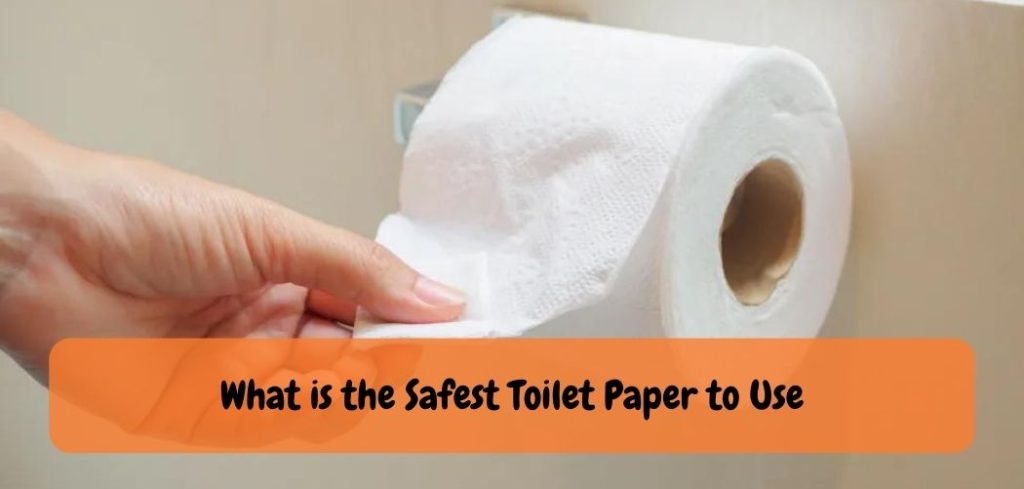
When it comes to toilet paper, safety is key. Toilet paper is used on a daily basis by almost everyone and as such, it’s important that the kind you use is safe for your skin and won’t cause any irritation or discomfort. The safest kind of toilet paper to use are those made from organic materials like bamboo or cotton which have been grown without pesticides or other chemicals.
These types of papers tend to be softer than regular ones, so they won’t scratch or irritate your skin when wiping. Additionally, look for products that are certified hypoallergenic and free from fragrances and dyes which may also trigger allergic reactions in some people.
Finally, make sure you check the thickness of the toilet paper – thicker varieties are usually more durable and less likely to rip easily during use. All in all, these simple steps can help ensure that you always have access to the safest possible toilet paper available!
What is the Best Chemical Free Toilet Paper?
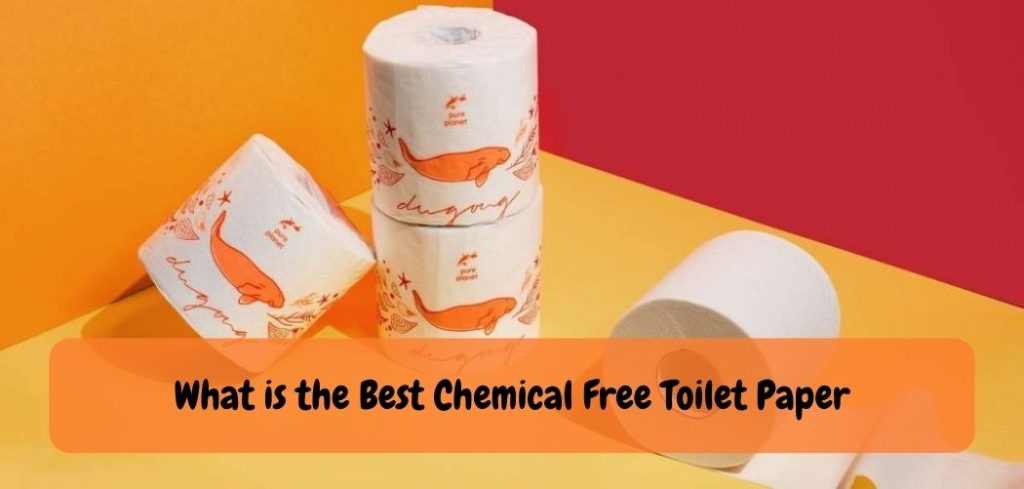
When it comes to choosing the best chemical free toilet paper, there are a lot of factors to consider. The first is what type of material you want your toilet paper to out of. Natural fibers such as bamboo and hemp are becoming increasingly popular, as they are sustainable and provide excellent softness without any chemicals or additives.
Additionally, these materials also help reduce waste since they decompose quickly after being use. Another important factor is how absorbent the paper will be; some brands offer extra-absorbent rolls that can last up to three times longer than standard options.
Finally, you should pay attention to how much chlorine or other bleaching agents were use in production; many manufacturers now use environmentally-friendly processes that don’t require bleach for their products.
With all these points in mind, it’s easy to see why natural fiber papers like bamboo and hemp make the best choice when looking for a chemical free toilet paper option.
Does All Toilet Paper Have Formaldehyde?
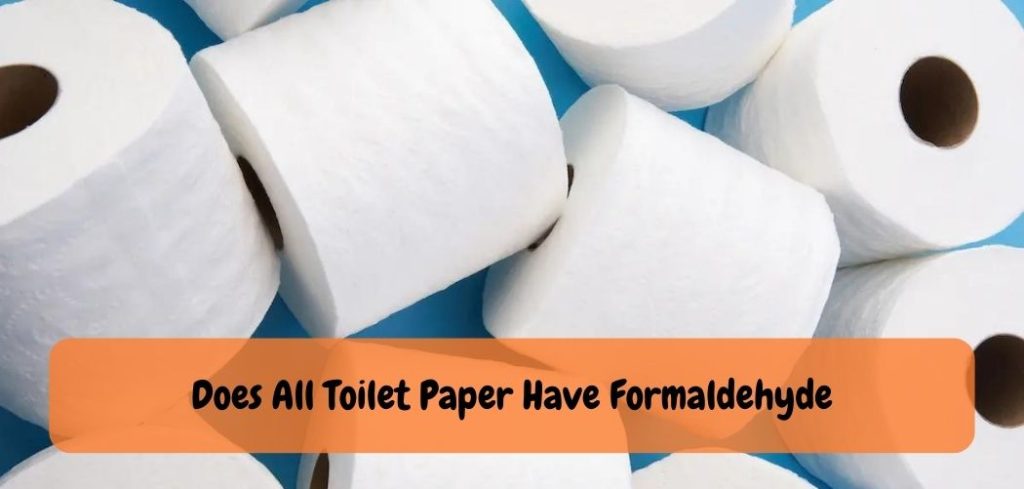
No, not all toilet paper has formaldehyde. Formaldehyde is a chemical preservative use to certain products last longer and resist decomposition, but it’s not foun in every bran of toilet paper. In fact, there are many brands that don’t contain any formaldehyde at all.
Companies that produce eco-friendly and organic products typically do not use formaldehyde in their manufacturing process as it is considere an environmental hazar. Instead, these companies rely on natural additives such as bamboo fibers or other plant cellulose materials for durability and strength
Without the need for chemicals like formaldehyde. To find out if your favorite brand of toilet paper contains formaldehyde or other hazardous ingredients, take a look at its label or contact the manufacturer directly to ask about their production processes.
Top Toxic Toilet Paper | Toxins In Toilet Paper | What to Buy and Avoid
Conclusion
In our quest for healthier and more environmentally friendly choices, we have explored the realm of toilet paper and its chemical content. Throughout our exploration, we have come to realize that not all toilet paper brands are create equal. Some companies have recognized the growing demand for products with fewer chemicals and have taken steps to provide alternative options.
By opting for toilet paper brands that prioritize minimal chemical usage, we can reduce our exposure to potentially harmful substances while also contributing to a healthier planet. These eco-conscious choices often incorporate sustainable materials, such as recycled paper or bamboo, and employ chlorine-free bleaching processes.
As consumers, we have the power to influence the market by making informed choices and supporting brands that align with our values. By seeking out toilet paper products with the least chemicals, we not only prioritize our own health but also promote a shift towards more sustainable and responsible manufacturing practices.
Remember, making a difference doesn’t always require grand gestures. Even our everyday choices, such as selecting the right toilet paper, can have a collective impact. So, next time you find yourself reaching for a roll, consider the options available to you and choose a brand that prioritizes your well-being and the health of our planet.
Together, let us continue to explore and embrace healthier alternatives, fostering a future where everyday products align with our aspirations for a cleaner, safer, and more sustainable world.


